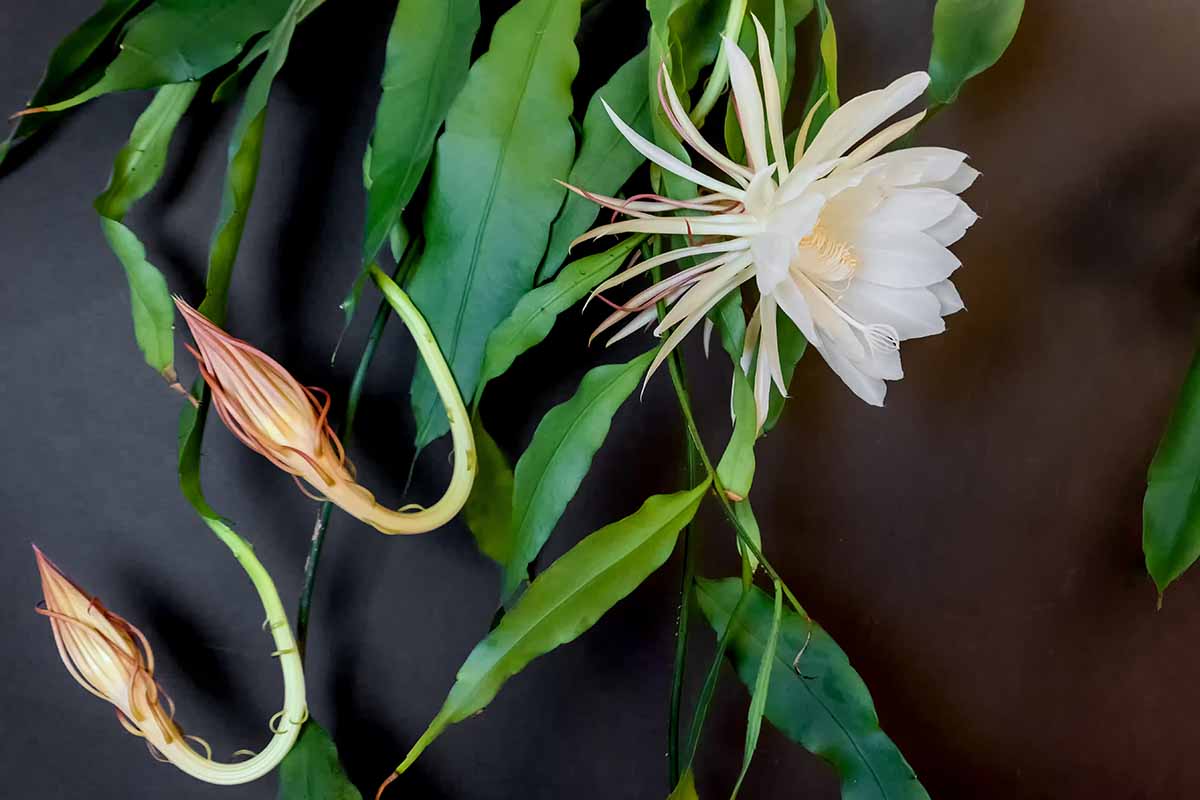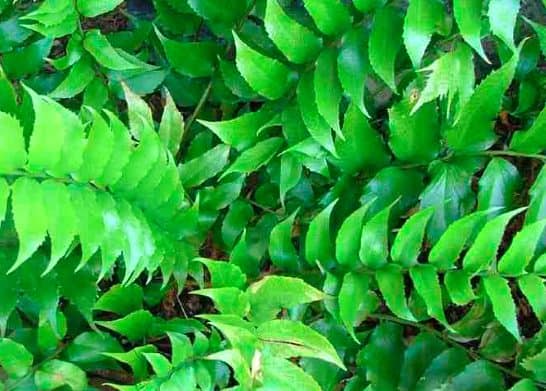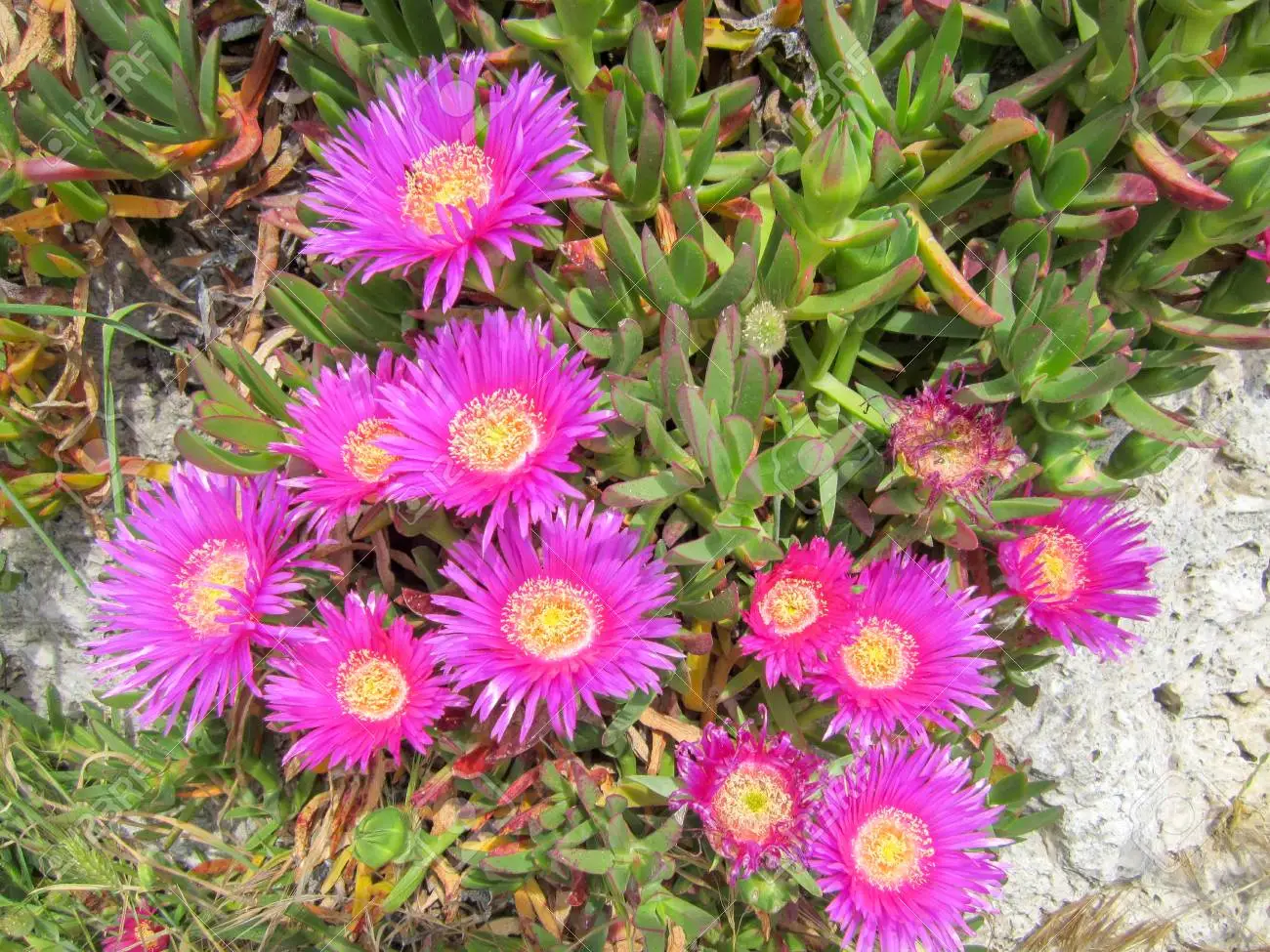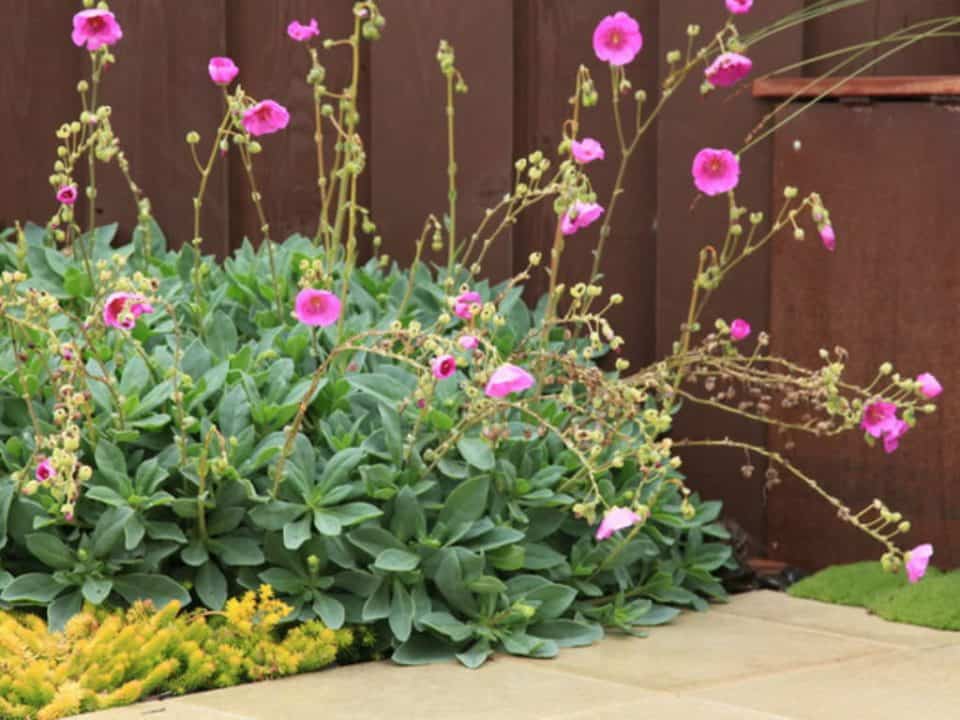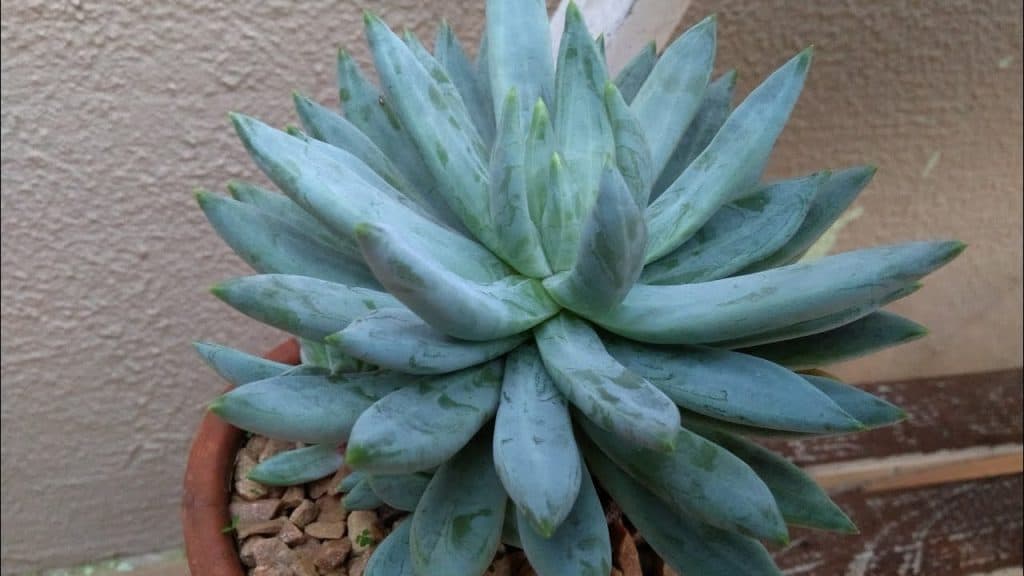Monilaria obconica, more commonly known as monilaria moniliformis, monilaria moniliforme, rabbit succulent, or bunny succulents, are popular houseplants because of their unique appearance and ease of care.
The cute and small bunny succulents make excellent beginner plants because they are easy to grow, needing only minimal care and maintenance. They can be kept in pretty much any environment as long as they have the right type of soil, water, and sunlight.
You may have seen these cute little succulents floating around the Internet and wondered what they were, or you have a friend who has been asking you about them.
The species of plant known as Monilaria obconica, also known as bunny succulents, are small, rosette-shaped plants that come in shades of white, pink, or green (often with black spots). They’re related to other common succulents like jade plants and haworthias, but despite their appearance, they aren’t actually related to cacti.
If you are thinking about getting started with your own collection of bunny succulents, here are some tips on how to care for monilaria obconical plants.
Origin and descriptions
Monilaria obconica is a dwarf succulent from South Africa. These little plants are indigenous to several African regions and typically thrive in grasslands, rocky areas, and as a ground cover plant. They are mostly found in South Africa. The bunny succulent has been introduced into California and Australia as well.
This species of succulents can be easily propagated by cuttings or by dividing mature clumps of plants. The name obconica refers to its cone-shaped form which resembles that of an inverted cone. It is a small, compact, and low-growing succulent with rosettes consisting of up to 12 stems.
Each stem grows up to 5 centimeters long with leaves measuring about 1 centimeter long. Leaves are lanceolate in shape and have smooth edges. It usually flowers during the summer months when it produces small yellowish-green flowers about 2 millimeters wide.
Monilaria obconica propagation
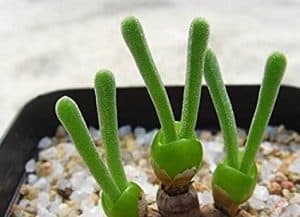
Monilaria obconica is propagated by seed. To germinate, place seeds in a glass or plastic container with moistened potting soil, then cover with another layer of potting soil and water gently. Keep it at room temperature until germination occurs; it should take approximately two weeks.
Because bunny succulents need to be warm to germinate, they can also be propagated through stem cuttings or grafting onto mature plants. If you’re taking cuttings, use healthy stems from young plants, about 8 inches long, and remove leaves from about half an inch below where you want to make your cut.
Dip your cutting into a rooting hormone before planting it into moistened potting soil. If you’re grafting, use healthy stems from young plants that are about 4 inches long and remove leaves from about half an inch below where you want to make your cut.
Make a diagonal cut on both sides of your parent plant and insert one end of your new cutting into each slit. Wrap them together with tape to secure them, then keep them covered for one week while they heal over. Once healed, uncover them and let them grow in indirect sunlight for three months before transplanting them outdoors.
Monilaria obconica care information
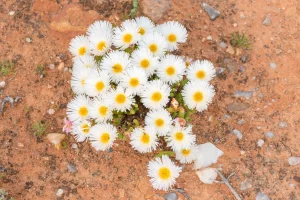
Monilaria obconica is a succulent that is popular in pet stores because it looks like a bunny. It has a short stem and paired leaves that resemble ears, hence its name bunny ears. This succulent can be found in cactus and succulent shops, especially around Easter when it is very popular to sell as gifts for children and other animal-loving friends.
The most common species of monilaria are monilaria obconica, or monilaria bryoides. They are easy to care for but do require some attention if you want them to stay healthy and happy.
Monilaria moniliforme light requirement
Monilaria moniliforme prefers full sun to light shade (avoid direct sunlight during hot hours of the day). These plants need a good amount of light to grow well. If grown indoors, place them in a window that receives full-spectrum or northern exposure.
Bunny succulents can tolerate lower lighting conditions better than most succulent varieties, but they will not thrive in it. In fact, indoor growers may notice their Monilaria obconica shedding older leaves as they attempt to adjust to low-light conditions.
Soil/potting mix
Bunny succulents need to be potted in fast-draining soil. A good mix is 2 parts sand, 1 part organic compost, and 1 part peat moss. Make sure your soil is on the dry side when repotting these! Like most succulents, they don’t like wet feet! They appreciate very well-drained soil, so pot them in a shallow container or don’t pot them at all.
Watering
As a succulent, monilaria obconica only requires an occasional light watering—once every one to two weeks should be fine. To water, simply soak it thoroughly, then allow excess moisture to drain away.
Overwatering can be fatal for a bunny succulent; it’s best to err on the side of caution with watering and avoid letting any water remain in its pot for long periods of time.
Fertilizer
Healthy bunny succulents need little fertilizer. You should fertilize with a balanced (10-10-10) fertilizer three times a year. The best time to do so is in early spring, summer, and late fall.
If you fertilize your monilaria moniliformis too much, your plants may die from root burn. Ideally, only feed them what they need to stay alive as feeding them more will not increase their size or cause new growth that year—it’ll just harm them.
Temperature
Monilaria obconica can handle a large range of temperatures, but they prefer a cooler temperature. While you can have them outside during summertime with daytime temperatures around 86 degrees Fahrenheit (30 degrees Celsius), keep them in a warmer room when it’s colder outside to protect them from damage.
The air shouldn’t drop below 50 degrees F when nighttime arrives for 12 hours or more, and you should aim for night temperatures to be between 62 and 72 degrees F.
Humidity
Monilaria obconica are native to Brazil. They prefer a high humidity environment. Mist them lightly and make sure their pot is sitting in water that is heated up on a hot plate (be careful not to burn yourself!) or simply place it above another pot of boiling water for an hour.
This will create a small humid area for your plants and allow you to control the temperature so you don’t cook them by accident!
The ideal humidity range is between 60-80%. If you have a hygrometer, you can measure the relative humidity in your home and adjust as needed.
Pruning monilaria moniliformis
For some succulents, it’s normal to lose a few leaves every now and then. However, if you notice your bunny succulent is losing too many leaves at once or if you spot any signs of pests or fungus, prune away diseased or damaged portions of your plant. In a pinch, you can use a clean pair of scissors to snip off unhealthy portions of your plant.
Use sanitized fingers and water from inside a spray bottle to gently wash away dirt from around any cuts on your plant. Be sure to give your plant time to recover before watering again.
You may also want to consider giving it a trim; an overgrown bunny succulent will often drop its lower leaves as a way of shedding extra weight and conserving energy. But don’t be afraid to go wild—you can cut back on the go for an instant makeover!
When to repot
It’s best to repot your monilaria moniliformis succulent every 6-12 months. If you live in a warm, dry climate it’s more likely you will have to repot more often than someone who lives in a humid environment. If your bunny succulent is putting out new leaves but slowly and looking stretched out, it may be time for a re-potting.
You can tell if it’s time to repot by feeling around under the soil with your fingers. You should feel some space between the soil and roots. If there is no space, then you should consider repotting your plant.
The most important thing when repotting any succulents is that you don’t overwater them! They are very sensitive to overwatering so make sure not to put too much soil on top of them or else they could rot from sitting in too much water.
Dormancy
Since monilaria obconica is a type of cactus, it can survive in harsh conditions and will undergo a dormancy period when temperatures get too low. During these dormant periods, monilaria obconica will stop growing, but it is still important to care for them properly.
While you may not need to water your plants during their dormancy, you should avoid letting their soil dry out completely. You should also make sure that your plants have enough light during their dormancy; just because they aren’t actively growing doesn’t mean that they don’t need any light at all!
Monilaria obconica flowers & fragrance
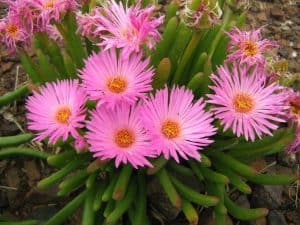
The flowers of Monilaria obconica smell like coconut. The scent gets more intense as they age, providing a nice and exotic ambiance to any home decor. Since they are considered succulent plants, these bunny succulents require little water to thrive.
However, they do require more light than many other indoor plants, so make sure you place them in an area that gets at least five hours of direct sunlight per day.
Growth rate
If you’re looking for a slow-growing plant to add some beauty and texture to your home or workspace, bunny succulents are perfect. These little cacti grow slowly, but they have a lot of charm and take up very little space.
You can easily grow them in an office or at home! The monilaria obconica is also sometimes called pincushion succulent. It is native to parts of Africa and has small, round leaves.
Toxicity
Monilaria obconica is not as toxic as other popular houseplants. However, it is recommended that you keep them away from pets, especially if they are prone to chewing or vomiting.
They may react negatively to direct skin contact; there is also a danger of secondary poisoning if they ingest it by accident. In case of ingestion, try giving your pet some activated charcoal in their food. It will absorb any toxins in their digestive tract and help them feel better faster!
USDA Hardiness Zones
Monilaria moniliformis will thrive in USDA hardiness zones 9-11. If you live outside of these zones, they can be grown as an annual plant. However, if you live within these zones and have a greenhouse or other protected space, they can be overwintered for years to come.
If you want to grow them outdoors year-round, make sure to plant them in well-drained soil with plenty of sunlight and water frequently. As long as you provide it with what it needs, bunny succulents are very easy to care for!
Pests and diseases
While monilaria obconica has little to no pests, there are a few diseases that could be potentially harmful. Although common, they can easily be avoided by using proper care and sanitization of soil and rocks.
They are also sensitive to overwatering and underwatering, but with low-maintenance plants like Monilaria obconica, these issues should not come up often unless you forget to water your plant or are experiencing long dry spells.
The most common disease in Monilaria obconica is root rot which is caused by overwatering.
The other major disease is leaf spot which occurs due to poor air circulation around your plant as well as too much moisture from either rainfall or overwatering. If you experience any of these problems it’s best to cut off affected leaves immediately before it spreads to other parts of your succulent.
Conclusion
Monilaria obconica, commonly known as bunny succulents, are small plants with only two leaves that look similar to bunnies! Their unique round shape and soft green color make them a beautiful addition to any home or office.
These plants are easy to care for and low maintenance making them perfect for just about anyone. Since they are so low maintenance, they make great housewarming gifts!

